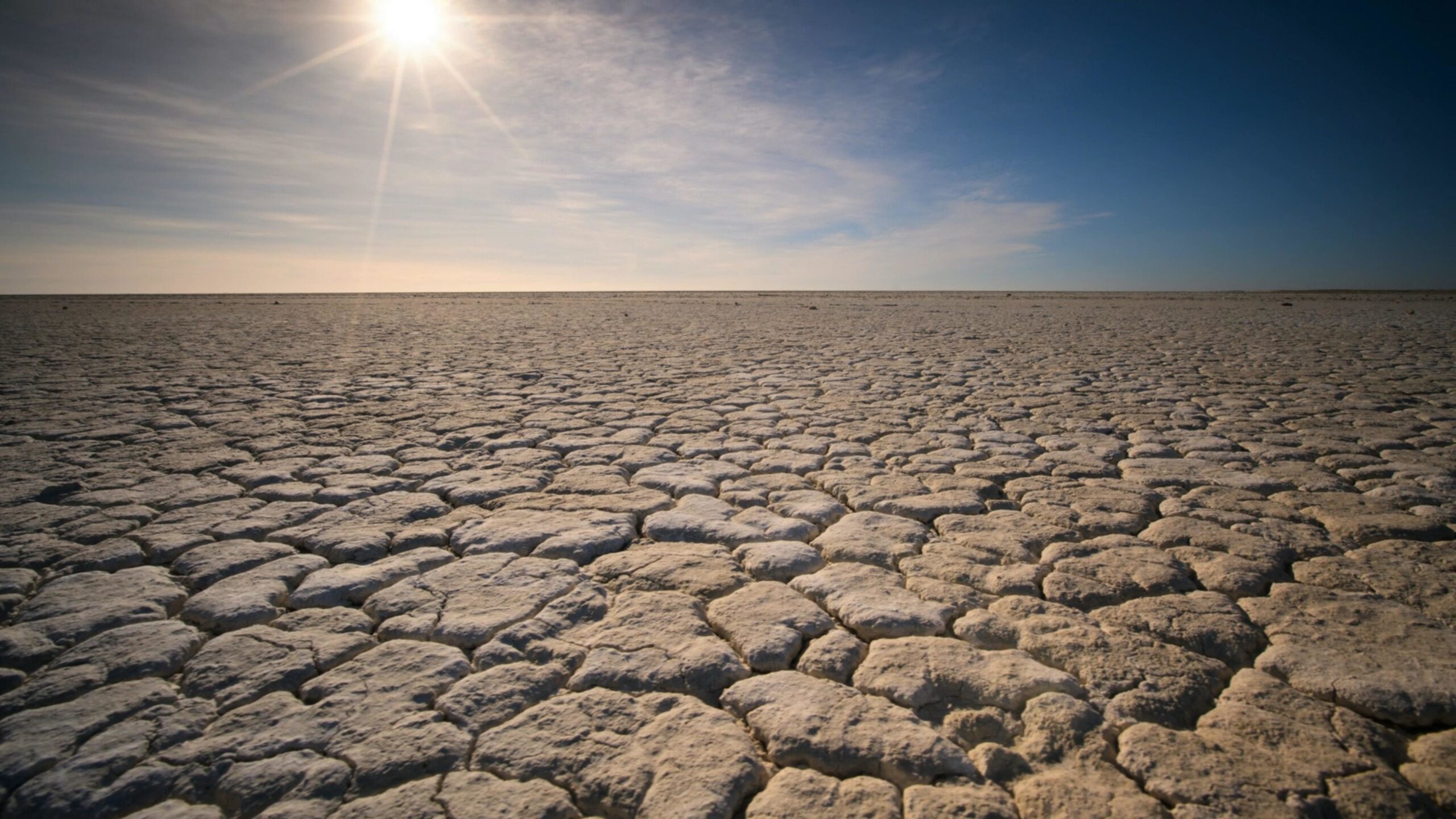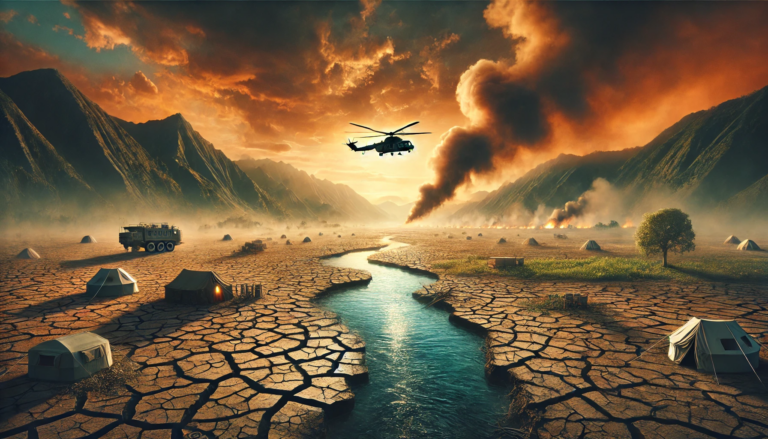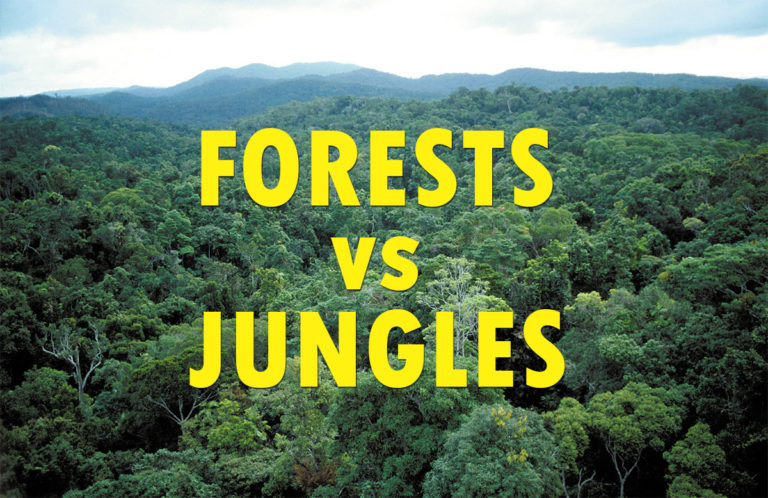
Climate change is one of the greatest threats facing humanity in the 21st century. While rising temperatures, extreme weather events, and shifting precipitation patterns impact many aspects of our lives, one of the most critical areas at risk is global food security. This article explores how climate change undermines the stability and resilience of our food system, and what we can do to adapt and respond to these growing challenges.
What is the Connection Between Climate Change and Food Security?
Food security exists when all people have physical, social and economic access to sufficient, safe and nutritious food that meets their dietary needs and food preferences for an active and healthy life. Climate change threatens food security in several key ways:
- Changing temperature and precipitation patterns disrupt crop growth cycles
- Extreme weather events like droughts and floods damage or destroy harvests
- Shifting climate zones force farmers to change what crops they grow
- Rising CO2 levels reduce the nutritional value of staple crops
- Warming oceans affect marine food chains and fisheries productivity
The cumulative impact of climate change makes it harder for the global food system to consistently provide enough food to feed the world’s growing population. Over time, this can lead to recurring food shortages, price spikes, and heightened risks of hunger and malnutrition, especially for vulnerable communities.
How Does Climate Change Impact Food Production?
Agriculture is highly sensitive to variations in temperature, precipitation, and the frequency and intensity of extreme weather events – all of which are changing as the climate warms. Some of the major impacts include:
- Higher temperatures exceeding crop heat tolerance thresholds and reducing yields
- Droughts and water scarcity limiting irrigation and stunting plant growth
- Heavy rainfall and flooding events damaging fields and causing soil erosion
- Shifting seasonal patterns disrupting planting and harvesting cycles
- Expanding ranges of agricultural pests and crop diseases
- Reduced nutritional quality of crops due to elevated CO2 levels
While impacts vary by region, the overall effect of climate change is making it more difficult and unpredictable to grow food. Even for crops that may benefit from a longer growing season, those gains can be offset by the increased risks of weather disasters and new pest pressures.
What are the Implications for Global Food Prices and Distribution?
As climate change makes food production more challenging and variable, it can lead to supply chain disruptions and market volatility. Key issues include:
- More frequent crop failures and reduced yields driving up food prices
- Spikes in animal feed costs and heat stress reducing meat and dairy output
- Damage to roads, storage facilities and other distribution infrastructure
- Commodity speculation and trade restrictions further amplifying prices
- Disproportionate impacts on developing countries and import-dependent regions
Even brief disruptions to food availability or affordability can have lasting consequences, as higher prices force families to eat less, buy lower-quality food, or go into debt. In a globalized food system, production shocks in major agricultural regions can trigger wider food insecurity.
How Will Climate Change Affect Nutrition and Human Health?
Climate change threatens not only the quantity of food we can produce, but also its safety and nutritional value. Problems include:
- Extreme heat increasing cases of foodborne illness and spoilage
- Droughts and floods spreading pathogens and contaminating water supplies
- Higher CO2 levels reducing protein and micronutrient content of staple crops
- Fisheries declines cutting off key sources of essential fatty acids
- Crop failures worsening micronutrient deficiencies and childhood stunting
Nutritional deficits are especially dangerous for pregnant women, young children, the elderly, and people with chronic illnesses. Left unchecked, climate change could stall or reverse decades of progress on reducing hunger and malnutrition globally.
What Other Risks Does Climate Change Pose to Food Systems?
Beyond its direct impacts on food production, climate change can undermine food security in other ways:
- Competition for arable land and fresh water resources may trigger conflicts
- Collapsing fisheries and pastoral livelihoods may drive migration to cities
- Governments facing unrest may restrict food exports to protect domestic supplies
- Economic slowdowns can reduce agricultural investment and social safety nets
These cascading risks illustrate how deeply climate change is interwoven with food, water, economic, and national security issues. Failure to contain global warming and adapt our food systems could strain societies in dangerous ways.
How Can We Make Food Systems More Resilient to Climate Change?
Strengthening food security in the face of climate change requires a multi-pronged approach, including:
- Developing heat and drought-tolerant crop varieties through plant breeding
- Improving soil health and water retention with techniques like no-till farming
- Expanding irrigation infrastructure and promoting efficient water management
- Diversifying crops and livelihoods to buffer against climate variability
- Strengthening early warning systems and safety nets for vulnerable regions
- Reducing food loss and waste to relieve pressure on agricultural land
- Supporting local, small-scale farming to shorten supply chains
No single strategy is a silver bullet, but a combination of targeted interventions, informed by rigorous climate risk assessments, can help make food systems more resilient and adaptable over time.
How Does Food Production Itself Contribute to Climate Change?
Paradoxically, many of the ways we currently produce food are also major drivers of climate change:
- Deforestation for cropland and pasture releases carbon and destroys carbon sinks
- Methane from cattle, rice paddies and food waste is a potent greenhouse gas
- Fertilizer and fossil fuel use in agriculture generates nitrous oxide emissions
- Food transport and processing burns diesel and generates carbon emissions
Altogether, food systems are responsible for 21-37% of total human-caused greenhouse gas emissions. To achieve climate goals, we must urgently adopt more sustainable agricultural practices alongside the wider energy transition.
How Can Agriculture Become a Climate Solution?
Forward-thinking food production can actually help mitigate climate change in several ways:
- Protecting and restoring forests to sequester carbon and regulate rainfall
- Using rotational grazing and feeding additives to reduce livestock methane
- Improving soil carbon storage through cover crops and reduced tillage
- Adopting renewable energy and electrifying farm vehicles and equipment
- Shifting diets toward more plant-based proteins with lower carbon footprints
By turning agriculture from a source into a sink for greenhouse gases, we can increase the chances of keeping global warming below dangerous thresholds, while improving the overall sustainability and resilience of our food systems.
What Are the Implications for Global Development and Equity?
Climate change and food insecurity are deeply entangled with poverty, inequality, and geopolitical tensions. Key challenges include:
- Climate impacts fall hardest on developing countries with large agricultural sectors
- Limited resources and infrastructure hamper adaptation in vulnerable regions
- Food shortages and price spikes can spark protests, migration and conflict
- Divergent interests between developed and developing countries can stall action
Tackling these issues requires significant international cooperation and resource mobilization, grounded in principles of fairness and equity. Wealthy countries who have benefited from fossil-fueled agriculture have an obligation to support climate adaptation and resilience efforts in poorer countries.
Conclusion: Securing the Global Food Supply in a Changing Climate
Climate change is a threat multiplier for global food security and nutrition, with far-reaching environmental, economic, and social ramifications. However, by treating it as an urgent call to transform our food systems, we have an opportunity to not only boost resilience, but also to improve sustainability, equity and human health on a global scale. Key priorities going forward include:
- Rapidly reducing agricultural greenhouse gas emissions
- Protecting and restoring critical ecosystems like forests and grasslands
- Investing in climate-smart crops, water management and farming practices
- Decentralizing food production and strengthening local food systems
- Supporting the livelihoods and adaptation of smallholder farmers
- Facilitating technology transfer and climate finance for developing countries
Only by working across governments, businesses, and civil society can we successfully navigate the existential challenge that climate change poses to the global food system. The path forward is difficult but also rich with possibility – a chance to cultivate a new paradigm of stewardship that will sustain us all.






